The highly anticipated Light Rail Transit (LRT) project in Bali is set to take a significant step forward with the groundbreaking ceremony scheduled for January 2024, as confirmed by I Nyoman Giri Prasta, the Regent of Badung. This marks the commencement of the physical construction of the first LRT system in the Bali and Nusa Tenggara region. Giri emphasized that the LRT’s construction, spanning from Kuta through Seminyak to Canggu, aims to alleviate the traffic congestion prevalent in these popular tourist destinations.
What We Know So Far About Bali LRT
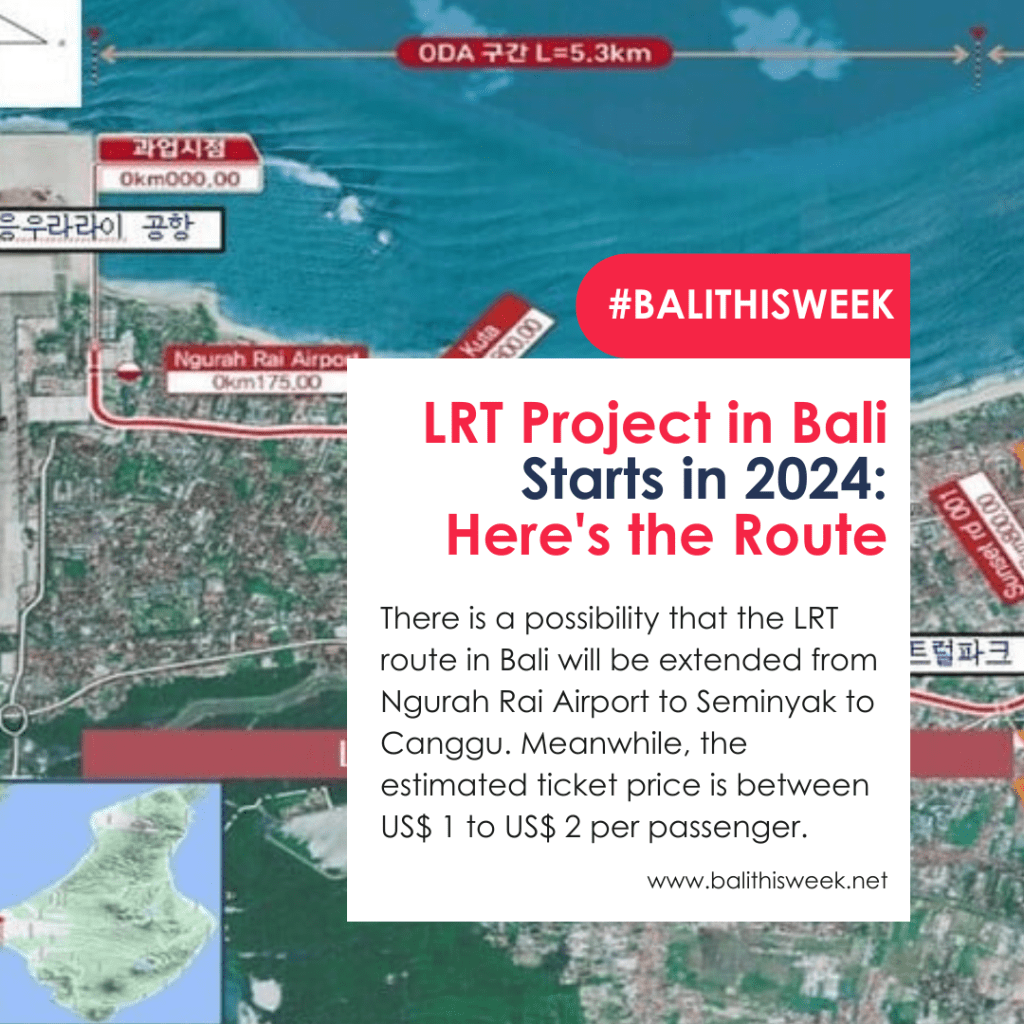
The LRT project boasts a substantial investment of IDR 25 trillion, with contributions from various investors. While the specific details of these investors remain undisclosed, Giri stated that their involvement demonstrates a shared commitment to address the congestion issues in the region. Once operational, the LRT is expected to reduce traffic congestion by up to 75% in the areas surrounding the airport, Kuta, and Canggu—locations notorious for high traffic due to tourism activities and limited road capacity.
Giri clarified that the introduction of the LRT is not intended to undermine existing transportation businesses, which serve as a livelihood for the people of Badung. Instead, it offers an additional transportation option for both tourists and locals, mitigating the impact of traffic congestion on Bali’s tourism sector. Beyond this, the environmentally friendly nature of the LRT aligns with efforts to promote sustainable tourism.
The LRT Bali project holds national significance, recognized as a strategic transportation initiative. Regarding financing schemes, Minister of National Development Planning/Bappenas, Suharso Monoarfa, advocates for a dual approach involving domestic loans and the newly established Bali Kerthi Development Fund (BDF), aimed at mobilizing funds locally.
Bali LRT Route & Construction Phase
The route for the Bali Light Rail Transit (LRT) project is strategically planned to address transportation challenges and cater to the needs of both tourists and locals. The articles provide insights into the proposed route and its phased implementation:
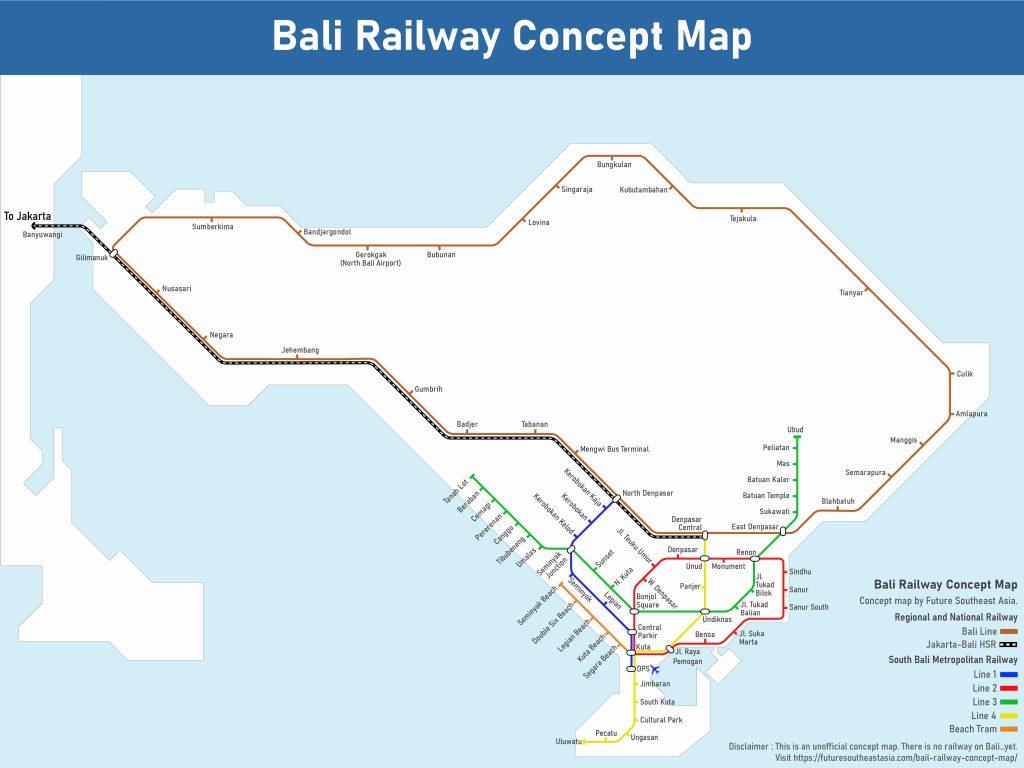
- Phase 1:
- Route: The initial phase of the LRT project will cover the stretch from Gusti Ngurah Rai Airport to Seminyak, passing through Central Park.
- Priority Section: Phase 1A focuses on the route from the airport to Central Park in Kuta, while Phase 1B covers Central Park in Kuta to Seminyak.
- Mode of Transportation: The majority of this initial phase will utilize underground tracks, with some sections potentially incorporating at-grade or ground-level tracks where feasible.
- Phase 2:
- Route: The second phase of the LRT project is planned to extend from Seminyak to Canggu, broadening the coverage of the rail network.
- Expansion: This phase aims to address congestion issues and improve connectivity in the Seminyak-Canggu corridor.
- Phase 3:
- Route: The final phase envisions the LRT route continuing from Canggu to Mengwi, covering a larger portion of the Bali region.
- Comprehensive Coverage: The completion of Phase 3 would provide extensive coverage, connecting key areas within Bali and further enhancing transportation options.
The prioritization of Phase 1 is driven by the urgent need to alleviate severe traffic congestion, particularly in the Bandara-Seminyak corridor. The phased approach allows for a systematic development, ensuring that critical areas are addressed first before expanding to cover a broader geographical area.
While specific details on the exact alignment of the LRT route are not provided in the articles, the emphasis on addressing congestion, improving connectivity, and promoting sustainable tourism aligns with the broader goals of the Bali LRT project. As the project progresses, more detailed information on the route alignment and construction phases may become available.
As Bali looks forward to this transformative development, the LRT project represents a crucial step towards enhancing connectivity, reducing congestion, and fostering sustainable tourism practices in the region.
Bolstering International Support
Bali’s LRT project has garnered interest from several countries, including South Korea, Japan, and China, offering financial support for this ambitious endeavor. The collaboration aims not only to address Bali’s traffic issues but also to showcase a global commitment to sustainable urban development. Coordinating Minister Luhut Binsar Pandjaitan emphasized that while financing is not a challenge, the focus is on engaging countries eager to swiftly invest and transfer technology for the project’s rapid implementation.
Where The Money Comes From?
Designated as a national strategic transportation project, the LRT Bali initiative reflects Indonesia’s broader commitment to modernize transportation infrastructure. Minister Suharso Monoarfa’s endorsement of a dual financing approach, incorporating domestic loans and the Bali Kerthi Development Fund (BDF), underscores the government’s dedication to ensuring the project’s financial viability and success.
The Bali Kerthi Development Fund (BDF) is a specific fund created for mobilizing financial resources for development projects in Bali. While the details of how the BDF operates and the specific contributors are not provided in the articles, it appears to be a local initiative aimed at gathering funds for projects that benefit the region. The BDF could involve contributions from local investors, businesses, or even public-private partnerships.



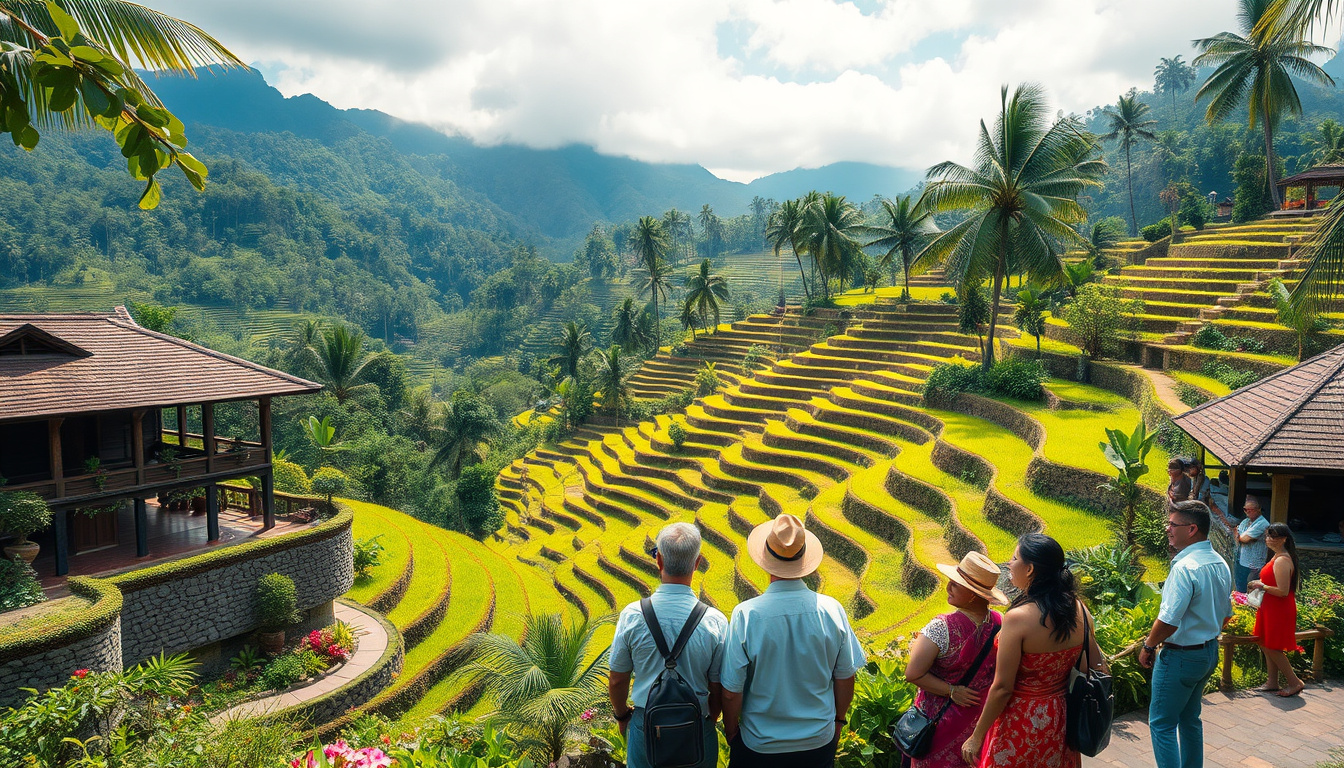

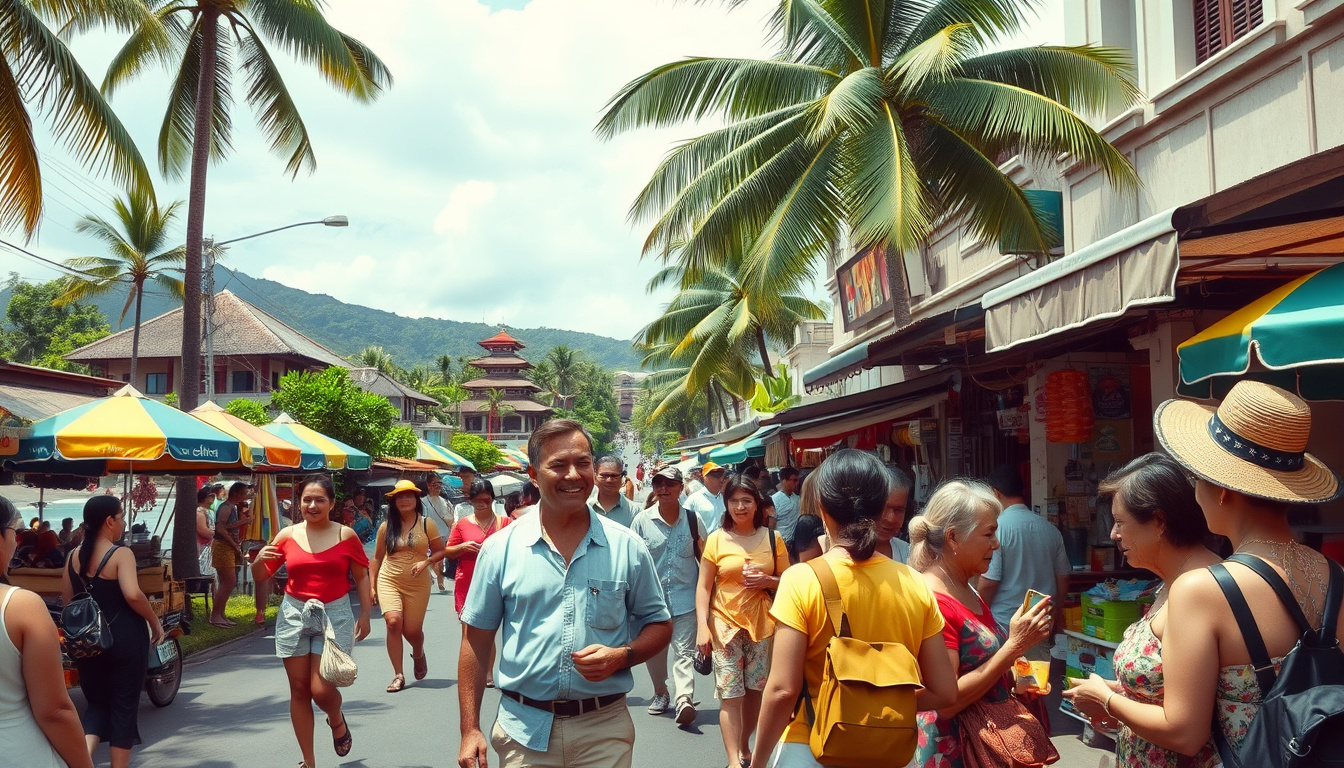
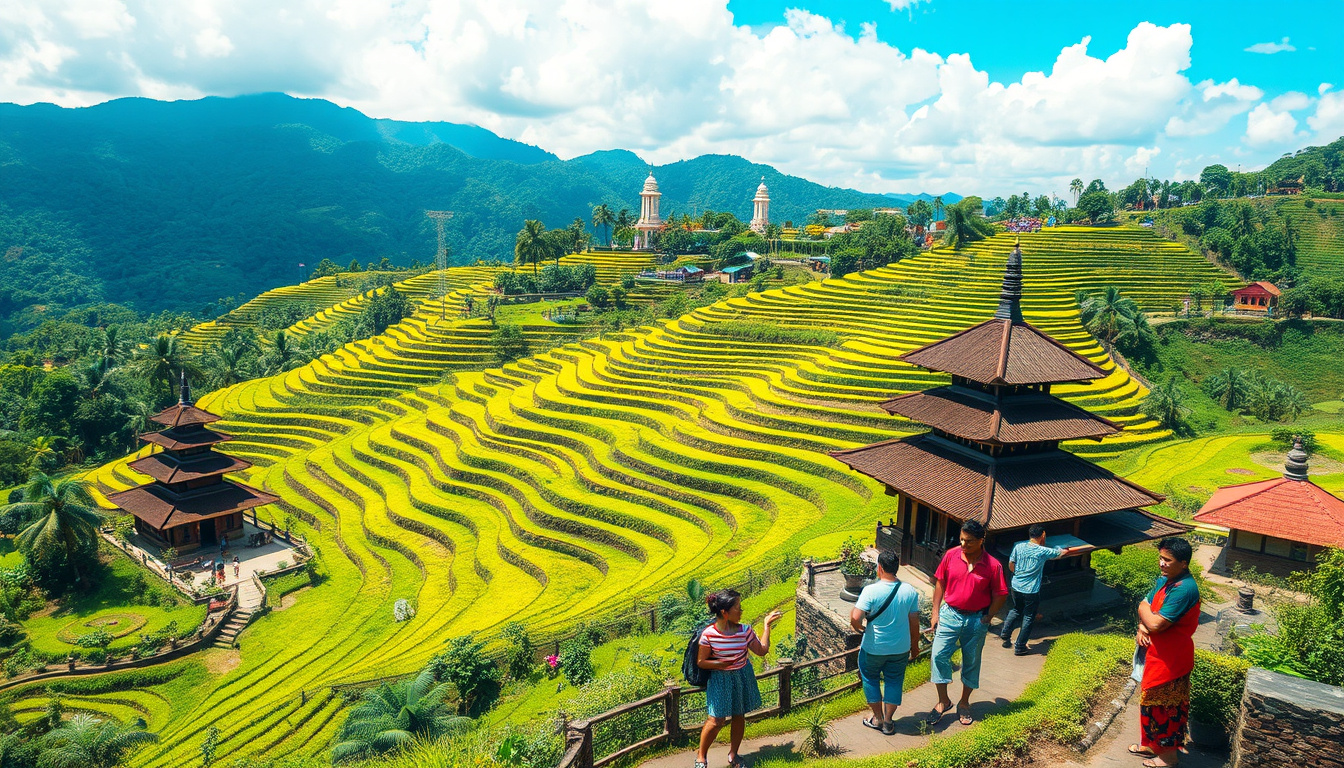


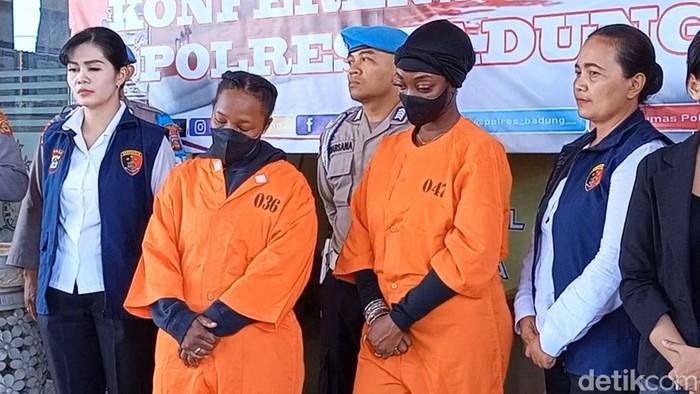
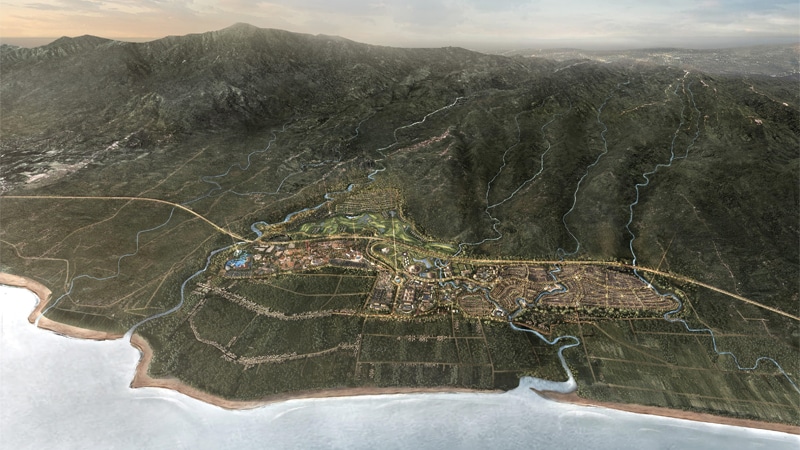
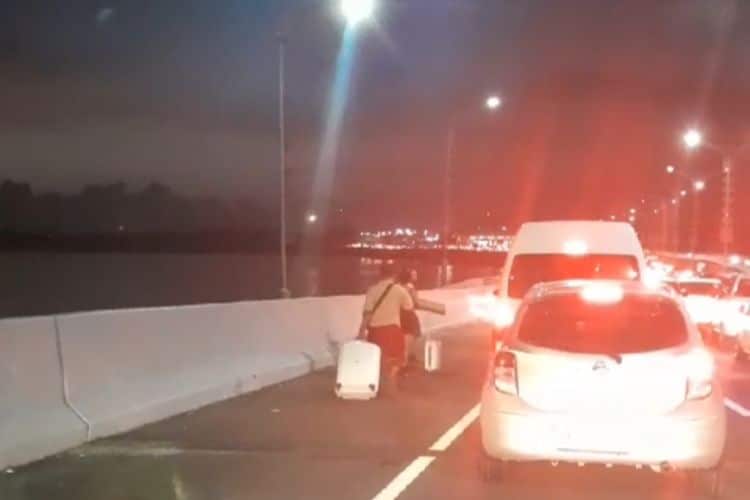
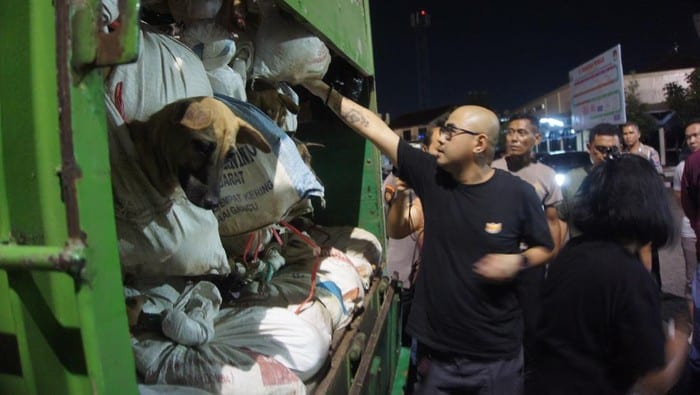
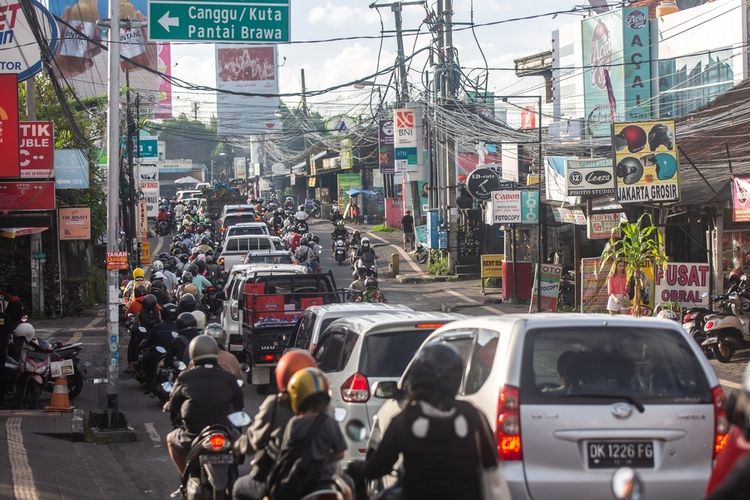
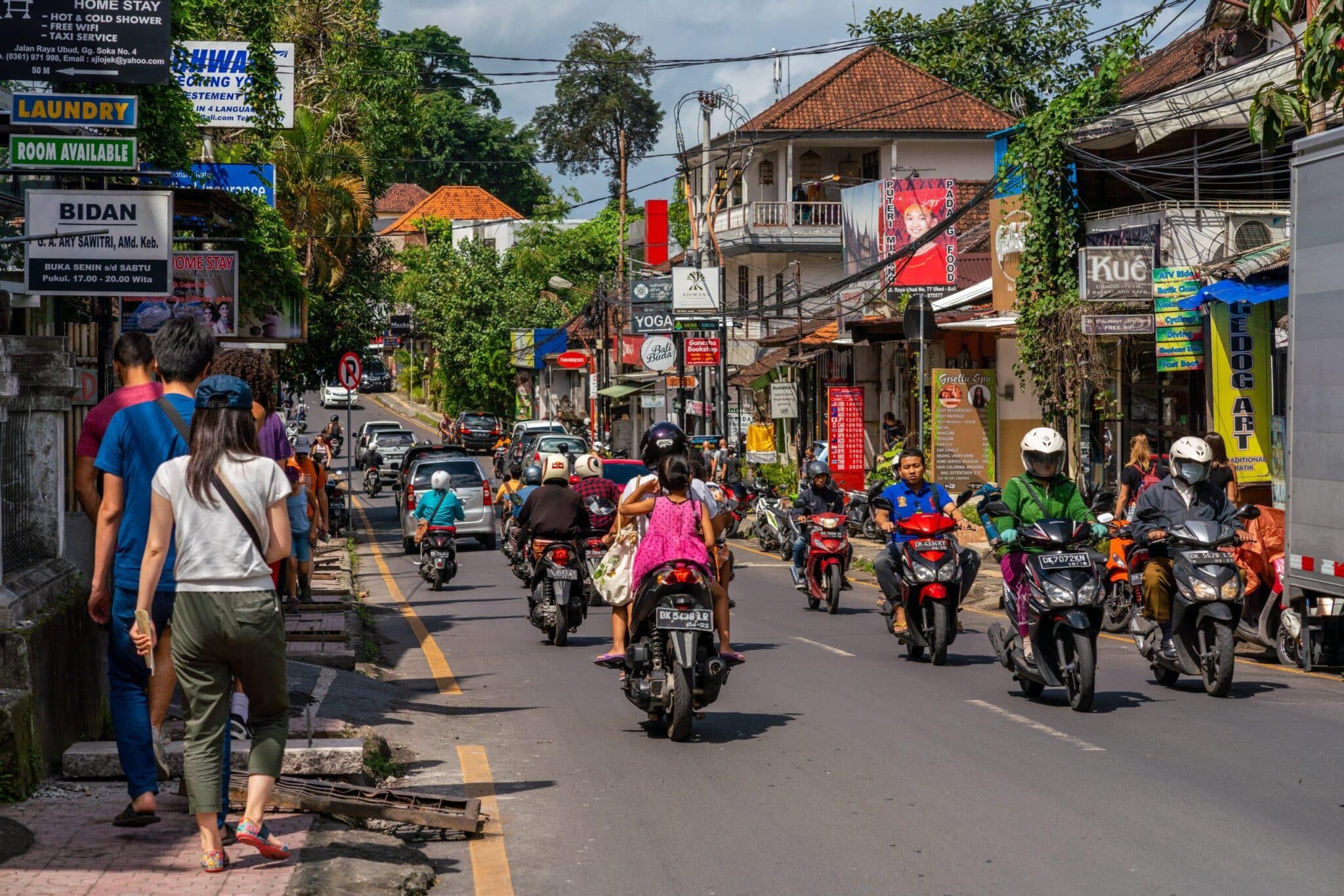



Add a comment